When we work with companies one of the first things we do is establish a baseline of how strategic decisions are currently being made. In a recent survey we asked the top 20 executives what is used to determine what products to offer and markets to serve. These were their responses (with sanitized information):
- “do not know”
- “supply chain dictates”
- “cost and demand”
- “return on investment”
- “gross profit”
- “it seems we have inconsistent criteria”
- “dollars”
- “euros”
- “I don’t feel comfortable answering this question”
- “Total Revenue, not necessarily profitability”
- “market size”
- “product potential”
- “who ever is the most senior person in the room wins”
Remember – these are the top 20 executive responses – from a team who are leading more than 5000 employees. So if you consider the cascade effect of answers and actions if the top team is not aligned ….you can see why “strategic transformation” is viewed as a daunting or unwinnable task. But it needn’t be.
As a CEO or executive who is leading a strategic change in the organization you will greatly improve your chances of succeeding by making clear and visible the vital few criteria the entire organization needs to be using to make strategic (and by natural link operational) decisions. Decisions are a series of actions implemented over time – and when the most critical strategic decisions (affecting the product to offer and markets to serve) are be made from a common reference point – the evasive “alignment” occurs and the actions that follow are directed at the known problems at hand.
One may challenge this solution – however, before you do I encourage you to ask your executive team to write out on a piece of paper – the top critera that is guiding their decision making first. And see if your responses are that aligned.
All cause comes from change – to strategically transform an organization you must address the root cause of not using the same criteria to guide decision making.

